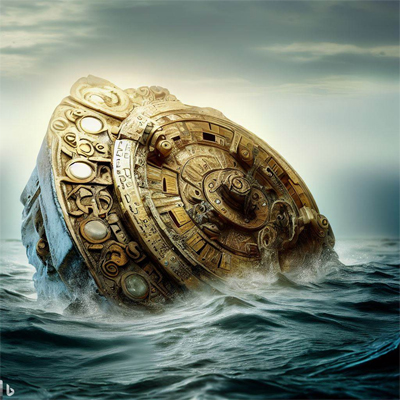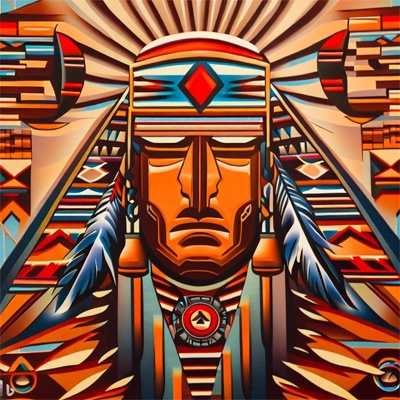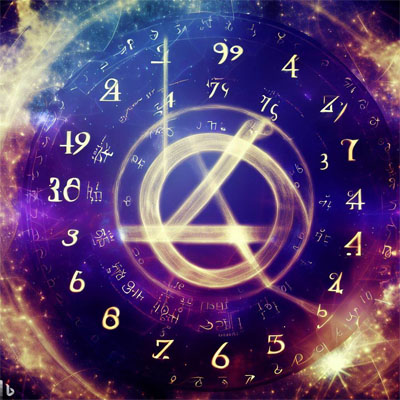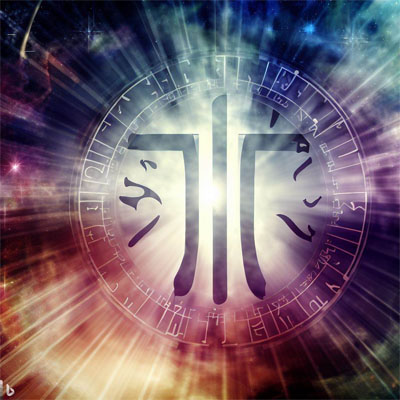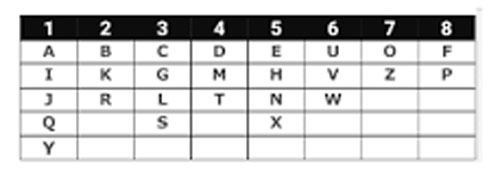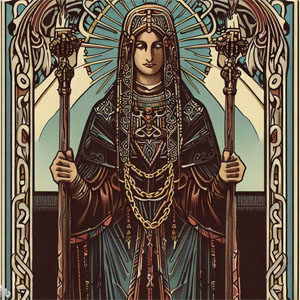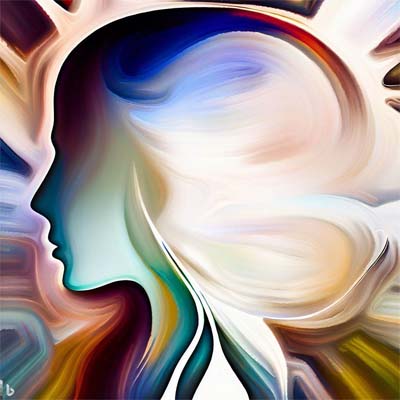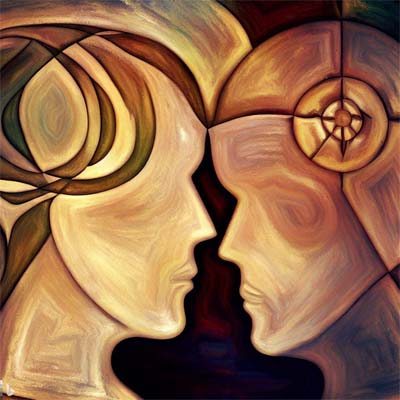Introduction:
In the year 1900, a group of Greek sponge divers stumbled upon a shipwreck off the coast of Antikythera, a small island in the Aegean Sea. Little did they know that this chance discovery would lead to one of the most remarkable archaeological finds in history; the Antikythera device. This intricate mechanism, believed to be over 2,000 years old, has puzzled scholars, scientists, and historians for decades. Its complexity and purpose remained shrouded in mystery until the last century, when painstaking efforts began to unravel its secrets. Today, the Antikythera device is celebrated as a masterpiece of ancient engineering, providing invaluable insights into the scientific knowledge and technological prowess of the ancient Greeks.
The Discovery:
The discovery of the Antikythera device came about purely by chance. In 1900, while diving off the coast of Antikythera, the sponge divers discovered the remains of an ancient shipwreck from the 1st century BCE. Among the various artifacts recovered from the wreck, a corroded and fragmented lump of bronze caught the attention of archaeologist Valerios Stais. Little did Stais realize that this seemingly insignificant object would become the focus of worldwide fascination and intrigue.
The Antikythera Device:
Upon closer examination, it became evident that the corroded bronze fragments were part of an intricate mechanical device. The Antikythera device, often referred to as the world’s oldest analog computer, comprises a series of gears, dials, and inscribed plates. The device itself is roughly the size of a shoebox and consists of at least 30 interlocking gears, each with precise teeth. It is believed that the device was housed in a wooden case, which has long since decayed.
Purpose and Function:
Deciphering the purpose and function of the Antikythera device was no easy feat. The fragmented state of the artifact made the task even more challenging. It wasn’t until the late 20th century, with the help of X-ray and computer imaging technology, that scholars were able to make significant progress in unraveling its secrets.
The Antikythera device is now understood to be an intricate astronomical calculator and calendar. It was designed to track celestial movements, particularly the positions of the Sun, Moon, and planets. By manipulating the dials and gears, ancient astronomers could predict the dates of eclipses, the positions of celestial bodies, and even the cycles of the ancient Olympic Games. The device was a testament to the advanced understanding of astronomy and mathematics in ancient Greece.
Mechanics and Engineering:
The mechanical complexity of the Antikythera device is awe-inspiring. The precision of the gears and the intricate arrangement of the cogs reflect a level of craftsmanship that was unmatched in the ancient world. The device’s gears were not uniform but followed precise mathematical ratios to accurately represent the celestial movements they were designed to track. This level of precision engineering was not seen again until the rise of medieval clock making in Europe, over a thousand years later.
The Significance of the Antikythera Device:
The discovery and deciphering of the Antikythera device have provided us with invaluable insights into the technological achievements of ancient Greece. It has shattered the misconception that ancient societies lacked sophisticated scientific and mechanical knowledge. The device reveals that the ancient Greeks possessed a deep understanding of astronomy, mathematics, and engineering.
Furthermore, the Antikythera device challenges our assumptions about the linear progression of technology. It suggests that ancient civilizations may have developed intricate machines and mechanisms that were later lost or forgotten due to political, social, or environmental factors.
Conclusion:
The Antikythera device stands as a testament to the ingenuity and intellectual prowess of the ancient Greeks. This remarkable mechanism, lost at sea for centuries, offers a glimpse into the scientific achievements of a bygone era. Its discovery and ongoing study have transformed our understanding of ancient technology and continue to inspire researchers in their quest for knowledge about the past. As we unlock more of the Antikythera device’s secrets, we can only marvel at the remarkable sophistication and vision of the ancient world.
